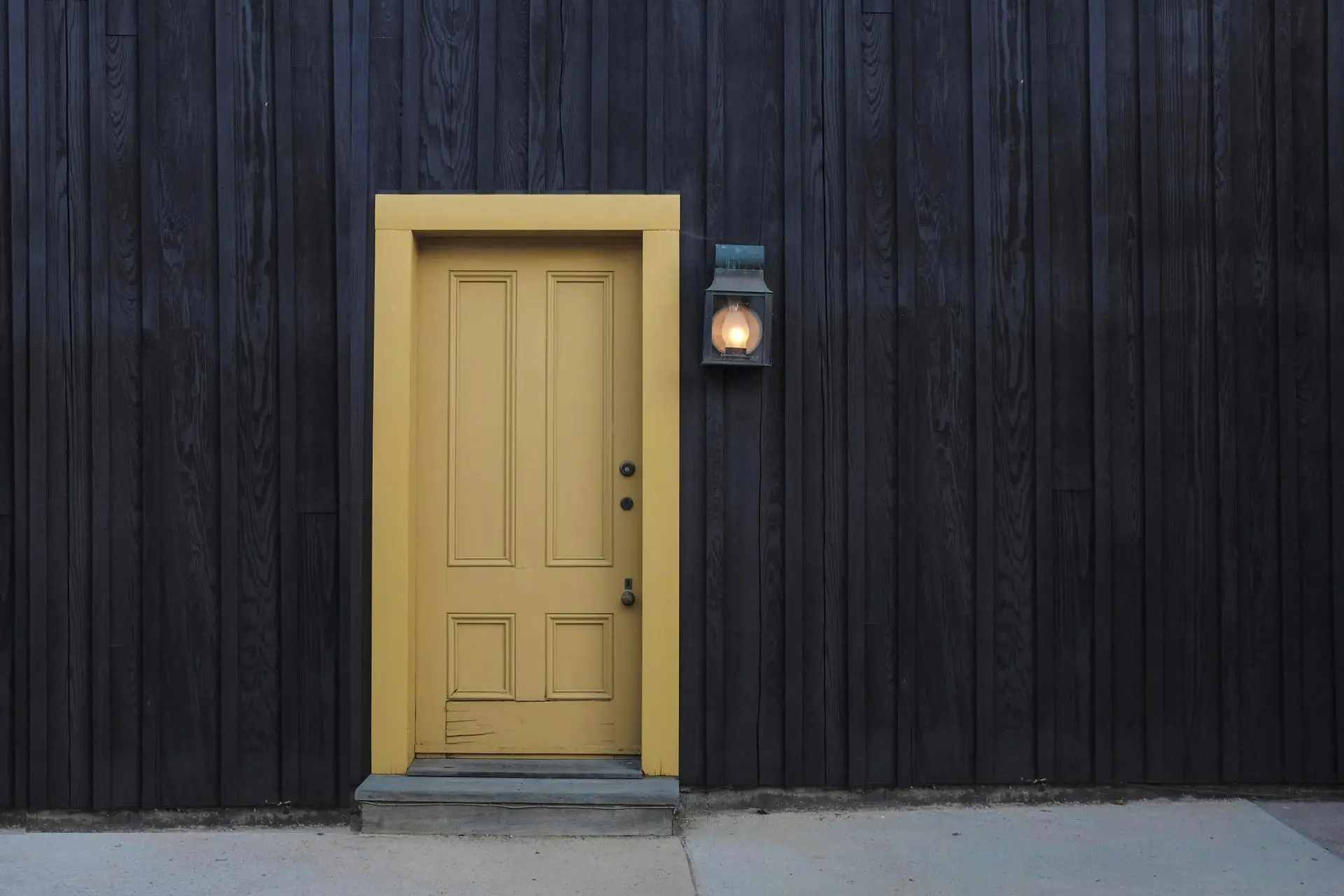Why Urban Green Spaces Are Essential for Mental Well-Being
In an increasingly urbanized world, the importance of green spaces within cities cannot be overstated. Urban green spaces—parks, gardens, tree-lined streets, and other natural areas—offer more than just aesthetic value; they are essential for fostering mental well-being in populations living in densely built environments. These pockets of nature provide a sanctuary from the fast-paced, high-stress urban lifestyle, offering physical, psychological, and social benefits.
This article delves into the profound connection between urban green spaces and mental health, highlighting why these areas are critical for improving quality of life in cities and how they contribute to overall well-being.
The Psychological Impact of Nature in Urban Environments
The relationship between humans and nature is deeply rooted in our evolutionary history. Exposure to natural environments has been shown to reduce stress, anxiety, and depression, making green spaces a vital antidote to the mental health challenges of urban living.
Key psychological benefits of urban green spaces include:
- Stress reduction: Studies have demonstrated that spending time in green spaces lowers cortisol levels (the stress hormone) and promotes relaxation.
- Improved mood: Natural settings are associated with increased feelings of happiness and reduced symptoms of depression.
- Mental restoration: Green spaces provide a break from the constant sensory overload of urban areas, allowing the brain to recharge and improve focus.
These psychological benefits highlight the necessity of integrating green spaces into urban planning to support mental health.
Green Spaces as a Remedy for Urban Stress
City life often comes with high levels of stress due to noise, overcrowding, and fast-paced routines. Urban green spaces act as a counterbalance to these stressors, offering a peaceful retreat where individuals can unwind and reconnect with nature.
How green spaces help alleviate urban stress:
- Quiet and tranquility: Parks and gardens provide a stark contrast to the noise and chaos of city streets, creating a calming atmosphere.
- Physical activity opportunities: Green spaces encourage walking, jogging, yoga, and other forms of exercise, which are known to reduce stress and improve mental health.
- Connection to nature: Simply being surrounded by trees, grass, and flowers can evoke a sense of calm and well-being, a phenomenon known as “biophilia.”
For urban residents, access to green spaces is not just a luxury but a necessity for managing the pressures of modern life.
The Role of Green Spaces in Combating Isolation
Urbanization often leads to social isolation, as people live in smaller spaces and have fewer opportunities for meaningful interactions. Green spaces provide a communal setting where individuals can connect with others, fostering a sense of belonging and reducing feelings of loneliness.
Social benefits of urban green spaces include:
- Community building: Parks and gardens serve as gathering places for people of all ages and backgrounds, encouraging social interaction.
- Family-friendly environments: Green spaces offer safe areas for children to play and families to spend quality time together.
- Support for mental health initiatives: Many urban parks host events like group yoga, meditation sessions, and walking clubs, which promote mental well-being and social connection.
By bringing people together, urban green spaces play a crucial role in improving mental health and strengthening community ties.
Green Spaces and Cognitive Function
The cognitive benefits of spending time in nature are well-documented. Research has shown that exposure to green spaces enhances attention span, memory, and problem-solving skills, making them invaluable for urban residents of all ages.
Specific cognitive benefits include:
- Improved focus: Nature helps restore attention, making it easier to concentrate on tasks and reduce mental fatigue.
- Enhanced creativity: Time spent in green spaces has been linked to increased creativity and innovative thinking.
- Support for child development: For children, access to green spaces boosts cognitive development, including improved academic performance and emotional regulation.
Incorporating green spaces into urban areas is essential for fostering cognitive health and productivity, particularly in environments dominated by digital distractions.
The Connection Between Green Spaces and Physical Health
While the mental health benefits of green spaces are significant, they are closely tied to physical health. Engaging with nature encourages physical activity, reduces the risk of chronic diseases, and promotes overall well-being, which in turn positively impacts mental health.
Physical health benefits of green spaces include:
- Encouraging exercise: Parks and trails provide safe, accessible spaces for walking, running, cycling, and other activities.
- Lowering blood pressure: Spending time in green spaces has been shown to reduce blood pressure and heart rate, contributing to cardiovascular health.
- Boosting immune function: Exposure to natural environments can strengthen the immune system, reducing the likelihood of illness.
By supporting physical health, urban green spaces create a positive feedback loop that enhances mental well-being.
Designing Urban Green Spaces for Maximum Mental Health Benefits
Not all green spaces are created equal. To maximize their impact on mental well-being, urban green spaces must be thoughtfully designed with accessibility, inclusivity, and sustainability in mind.
Key considerations for designing effective green spaces:
- Proximity: Green spaces should be located within walking distance of residential areas to ensure easy access.
- Diversity: A mix of open lawns, wooded areas, water features, and walking trails caters to a wide range of preferences and activities.
- Safety: Well-lit, well-maintained spaces encourage use and foster a sense of security.
- Inclusivity: Green spaces should be designed to accommodate people of all ages, abilities, and socioeconomic backgrounds.
By prioritizing thoughtful design, urban planners can create green spaces that truly enhance mental well-being for all residents.
The Economic and Environmental Benefits of Green Spaces
In addition to their mental health benefits, urban green spaces contribute to economic and environmental sustainability. Investing in green infrastructure not only improves quality of life but also offers long-term financial and ecological advantages.
Economic and environmental benefits include:
- Increased property values: Homes near green spaces often have higher property values, benefiting homeowners and local governments.
- Climate regulation: Trees and vegetation in green spaces reduce urban heat island effects and improve air quality.
- Stormwater management: Green spaces help absorb rainwater, reducing the risk of flooding in urban areas.
These additional benefits make urban green spaces a valuable investment for cities looking to promote sustainability and resilience.
How to Advocate for More Urban Green Spaces
Despite their importance, many cities lack adequate green spaces, particularly in underserved communities. Advocating for the creation and preservation of urban green spaces is essential for ensuring equitable access to their mental health benefits.
Ways to advocate for more green spaces:
- Support local initiatives: Participate in community efforts to create or maintain parks and gardens.
- Engage with policymakers: Advocate for policies that prioritize green space development and funding.
- Raise awareness: Educate others about the mental health benefits of green spaces to build public support.
By taking action, individuals and communities can help ensure that urban green spaces remain a priority in city planning.
A Vital Resource for Urban Life
Urban green spaces are far more than decorative features—they are essential for mental well-being in today’s fast-paced, high-stress world. By providing opportunities for relaxation, social connection, and physical activity, these natural areas play a critical role in fostering healthier, happier communities.
As cities continue to grow, the need for accessible, well-designed green spaces will only become more urgent. Investing in these vital resources not only improves mental health but also contributes to a more sustainable and resilient urban future.
This comprehensive exploration of the importance of urban green spaces underscores their role in enhancing mental well-being and overall quality of life. By prioritizing the integration of nature into urban environments, we can create cities that support both the mind and the planet.










